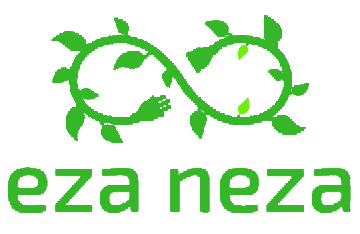Strawberries, the world’s favourite berry, have a dirty little secret which is that they are one of the fruits that are the most heavily treated with pesticides. On average over 100 Kgs of pesticide are applied to every acre of strawberries compared to just 10 Kgs for other fruits and vegetables. Strawberries are part of the dirty dozen list which is an infamous group of fruits and vegetables that are the most contaminated with pesticides even after washing and peeling.
When you bite into a delicious strawberry, you probably aren’t thinking about all the harmful pesticides and fungicides that are used to grow it. But this is done in order to protect this super fragile fruit from diseases, especially soil-borne fungus that is so widespread and rampant. Without these pesticides, strawberries are almost impossible to grow commercially because they are super sensitive to fungal diseases and pests.
I say almost because there is a way to grow strawberries whilst mitigating soil-borne diseases using hydroponics. Hydroponics is a cultivation technique of growing without soil and it has several advantages, one of them being that you’re able to avoid pests and diseases. Even though the soil hosts many beneficial nutrients and micro-organisms it also hosts about 90% of soil-borne diseases. Growing hydroponically reduces the necessity for harmful pesticide application.
Hydroponically grown strawberries are most popular and produced commercially in Europe and Japan. At Eza Neza, we are using the same innovations to tackle the problem of food production. Our aim is not just to grow strawberries and other foods but to do it in the most efficient and sustainable way possible using less water, fertilizer and land while producing the safest produce for our customers.
soil-less strawberry production using volcanic rock medium

Eza Neza strawberries can be a real value proposition if you consider that more than 90% of the customers that order directly from us are women. Many of these women are health-conscious mothers who are looking to provide not just nutritious but safe food for their children.
For the strawberry value chain in Rwanda, growing in a controlled environment and hydroponically is a win-win scenario for both producer and consumer and especially puts the producers in a pole position to succeed.
In Rwanda, this has been evident, with fungal diseases like anthracnose that have ravaged and decimated entire strawberry open field plantations. Given our climate and soil that is conducive to some fungal diseases, growing a certain variety of strawberries has become almost a death sentence for the berries. However, at Eza Neza we have been able to grow year-round under greenhouse.
Growing hydroponically doesn’t come without its challenges such as starting cost, technical mastery and constant monitoring. It doesn’t also prevent all pests and diseases, but growing in a controlled environment allows for more protection, mitigation and less pesticide usage. Ultimately hydroponic strawberries are a healthier alternative to the consumer and a more sustainable means of production for the producer.


Recent Comments